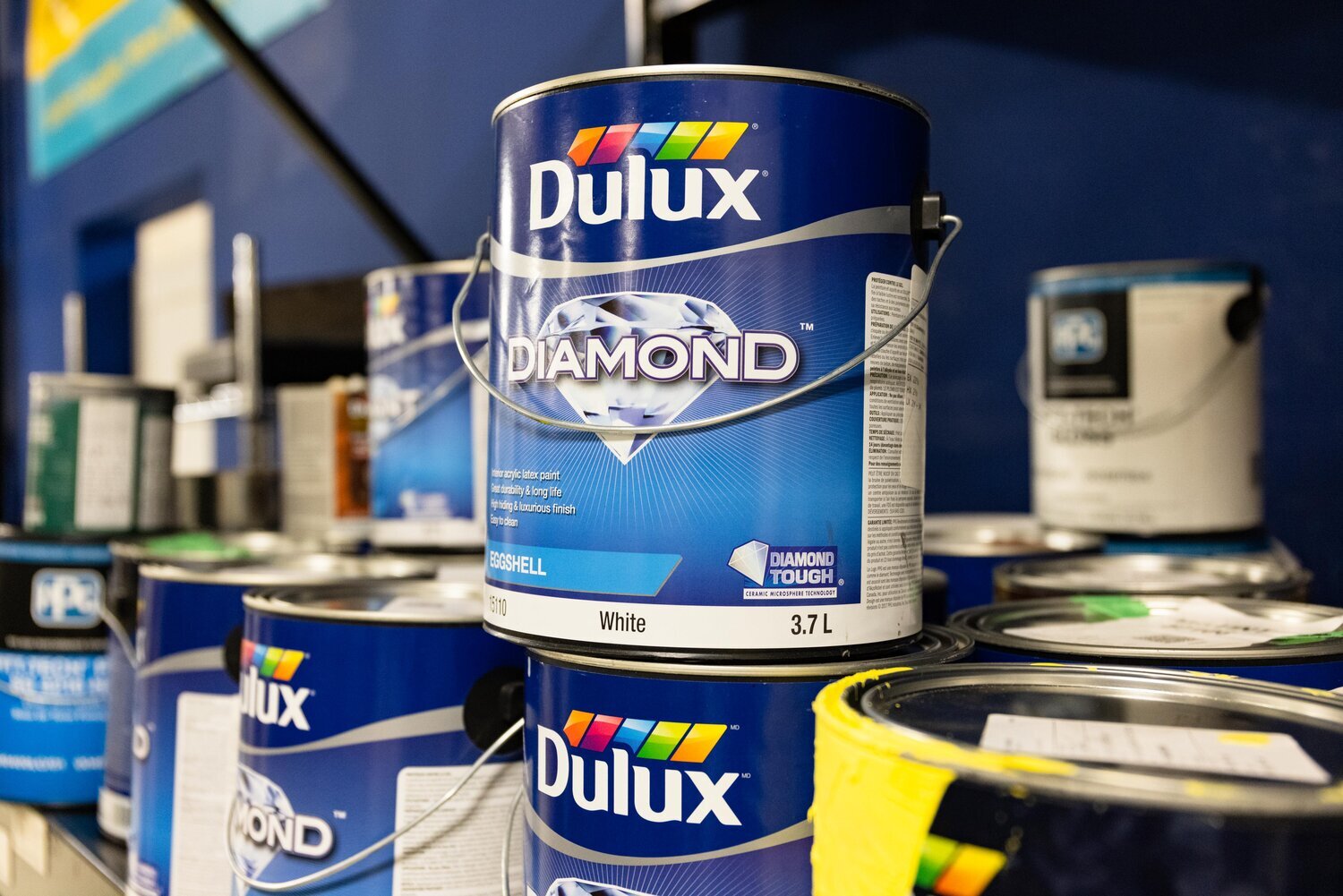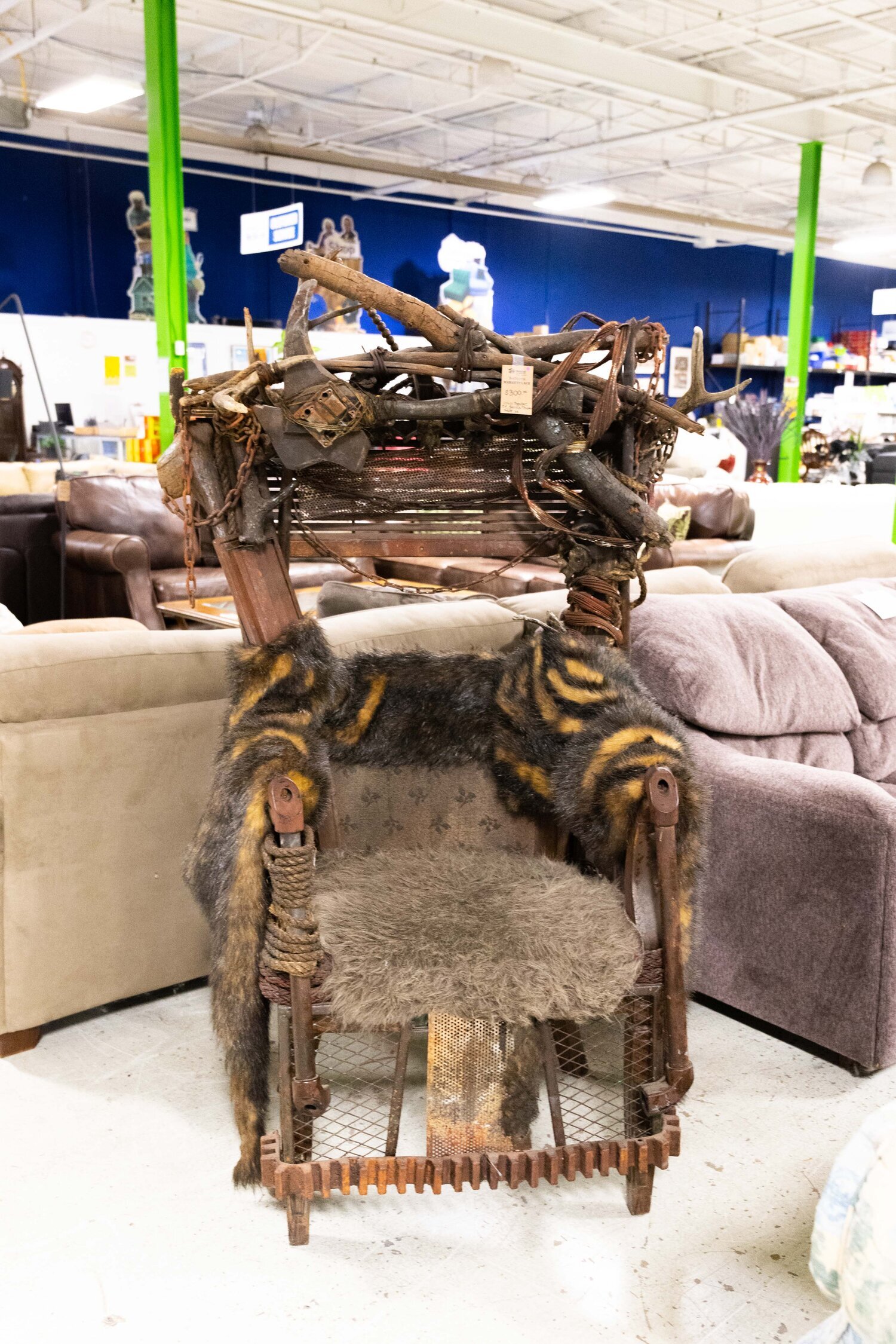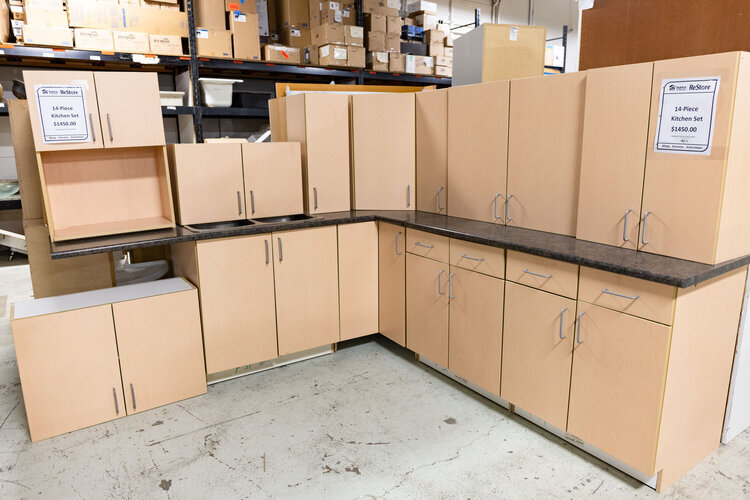Circular Economy at Work
It seems Habitat for Humanity was designed with circularity and sustainability in mind. Donations of construction materials, tools, fixtures, appliances, furniture, and décor keep these items out of the landfill, and allows them to be purchased and to live another life. Purchasing previously loved items also reduces greenhouse gas emissions that would be emitted during the extraction of materials and resources that go into newly manufactured items. Re-using and re-purposing is integral in a circular economy, whereas the traditional linear economy adheres to single use items and the process of extract, make, use discard. Today’s society is well aware that this linear approach is not sustainable.
Circular Economy is not simply the latest buzzword for recycling. As it sounds, it is a completely interconnected circle or loop, acting as an alternative to drawing on raw resources and materials and the manufacture process. This can be achieved by reimagining new uses for already manufactured/used items, designing against waste and pollution, and allowing for regeneration of natural environments.
Since 2000, we have experienced countless examples of the circular economy at work. One such example was receiving hundreds of clothes hangers from Lululemon. Many were sold to the public, but another highly ethical company, tentree, came in and bought the remainder. Circular economy at work.
Our sustainability efforts begin at our procurement stage. We don’t accept donations that we feel will be unsaleable, reducing our waste through selectivity and better handling of goods. This ensures we are not spending time, money and burning fossil fuels to pick up items that will go straight to landfill. We have a robust recycling program in our ReStores, which separates metal, wood, plastic, cardboard and paper, foam, light bulbs, small appliances, and electronics. Our waste management is contracted to Recycle Smart to ensure reputable waste management.
One of our major donors is Dulux Paints. If they weren’t able to donate to Habitat, their paint would likely go in the landfill. By selling through our ReStores, the paint is actually utilized for its intended purpose and doesn’t require any upcycling.
During the height of the pandemic, many buildings downtown boarded up their windows. Justin Elton, president of 10 Star Agency started putting up posters on the plywood to recommend the stores donate it to Habitat when they were finished with it. Eventually, 50+ sheets of plywood were donated through this organic partnership, and we are so grateful for 10 Star’s recommendation. It is amazing partnerships like these that are the foundation of our operations and enable us to be circular.
We re-use within our own environment, having created office walls using reclaimed lumber. Our desks and file cabinets are all second hand. Parts of the ReStores are created using salvaged materials, such as cash desks built with recycled 2x4s. Our Abbotsford, Chilliwack, and Enterprise ReStores were all leased with LED lighting in place, but we paid to install LED lights in our Langley, North Vancouver, and Douglas stores, with our Langley landlord kindly splitting the cost.
Paving stones and pavers are often crushed and thrown away. HFH happily finds a new life for them, selling them to contractors and DIY homeowners. Our relationships with movie sets are inherently circular. They buy it, use it, donate it and we sell it again. This can happen multiple times before an item reaches its end of life.
One of the largest items salvaged is kitchens, which often include the appliances and all the cabinets. Where else can someone buy what was originally a $40,000 kitchen for $3,000? Market demand for these recovered items varies, but on average, a salvaged kitchen will sell through our online shop or at a ReStore within one day to two months.
At the ReStores, every $1 of sales translates to 1.3 pounds of “waste” diverted from landfill. Habitat for Humanity Greater Vancouver’s latest initiative is The Rebuild Hub, which aims to divert thousands more tonnes of building material from landfill through their network of deconstruction and salvage. This effort is proudly supported by The City of Vancouver, Vancouver Foundation, Real Estate Foundation of BC, Vancity and The McLean Foundation and promotes deconstruction (circular) over demolition (linear). Materials salvaged from deconstruction projects include lumber, appliances, fixtures, flooring, doors, windows, kitchens that would otherwise be demolished and dumped in the landfill. Not only does this have obvious environmental benefits, but it also serves to retain a piece of our history – old growth timber was used liberally through commercial and residential builds in Vancouver and if thrown away, is lost forever. Our partnership with Unbuilders and other deconstructors is vital to ensuring the continuation of the loop.
The circular steps of this deconstruction network are:
1) Contact HFHGV to request a salvage audit of a project
2) Deconstruction – building is taken apart and material collected
3) Resale – salvaged materials are sold through The Rebuild Hub
4) Proceeds – sale proceeds are directed to affordable housing
5) Implementation – reused materials are incorporated into new builds/renovations/artistic creations
Furthermore, Habitat’s entire purpose revolves around creating sustainability for families, such that we provide a hand up for working families struggling through unsafe, unhealthy, overcrowded, and unaffordable conditions and move them into a home that will propel them forward. Revenues from the sale of salvaged and saved materials flows back into our build projects, creating more homes for more families and setting them on a new safe and sustainable life trajectory. It’s a win all the way around.
We are so grateful to have you in our circle – thank you for helping us to close the loop.





